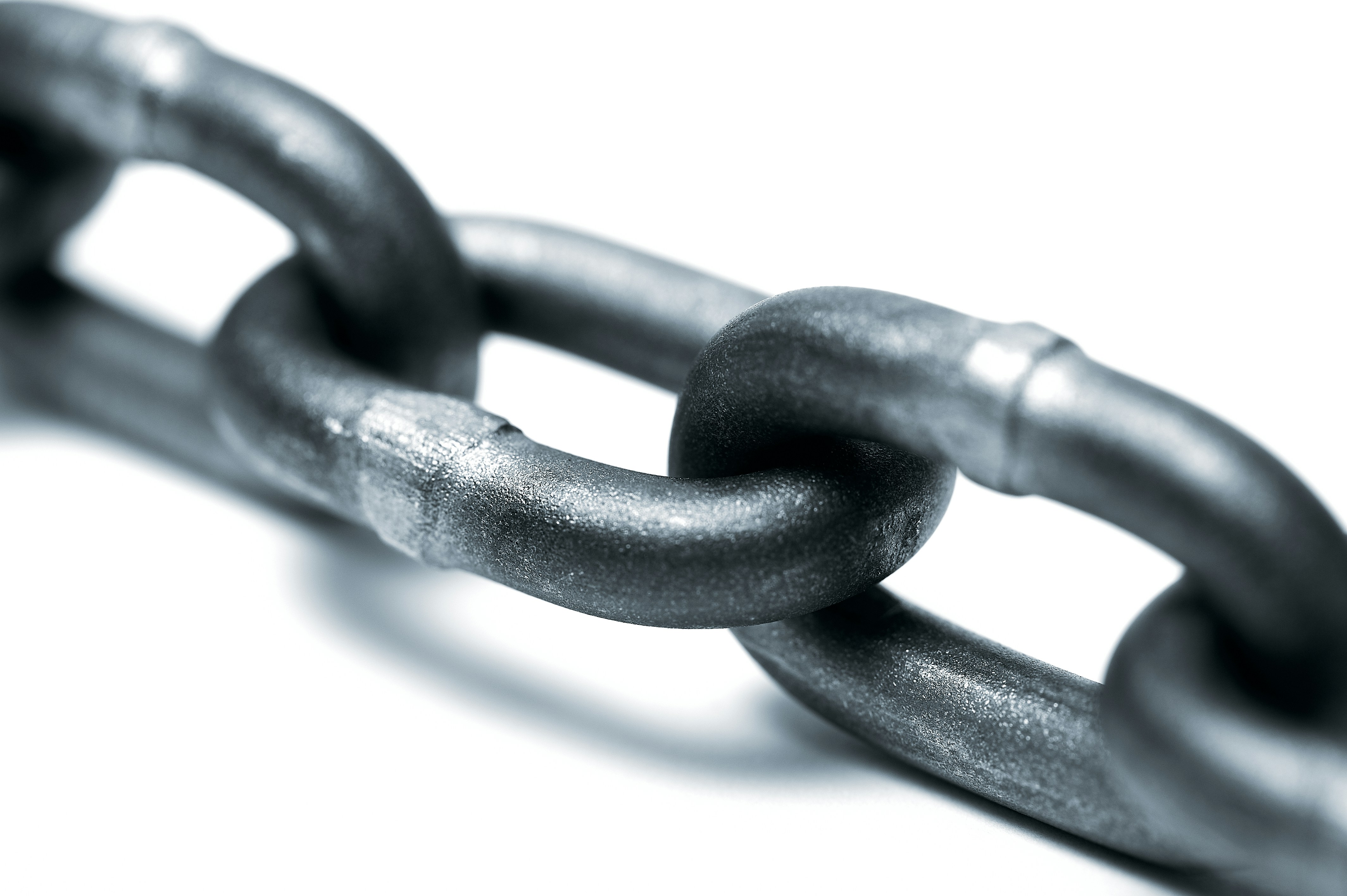
The disciplines of engineering and product development are inextricably intertwined. Engineering brings forth the technical prowess to turn ideas into tangible solutions, while product development guides the vision and user-centric focus. It’s a beautiful dance – a harmonious partnership essential for creating products that not only function but genuinely resonate with customers.
Why One Cannot Exist Without the Other
Picture engineering as the beating heart of a product. It provides the technical foundation, the intricate systems and mechanics that make everything work. Without a sturdy engineering backbone, even the most captivating product idea risks crumbling under the weight of its own ambition. Engineering ensures feasibility, robustness, and scalability – it transforms a concept from a mere dream into something that can be manufactured, shipped, and enjoyed by real people.
Now, imagine product development as the product’s guiding spirit. It breathes life into the raw potential supplied by engineering. Product development delves into user needs, pain points, and market desires. It champions the user’s perspective, relentlessly questioning whether the technical solutions being built will genuinely solve problems and create delightful experiences. Without the strategic insights and market-driven direction of product development, engineering runs the risk of building beautifully crafted solutions that no one truly wants.
The Synergy in Action
Let’s explore some real-world examples of how this synergy can fuel breakthrough innovations:
- Smartphones are marvels of modern engineering. The sleek hardware, powerful processors, and high-definition displays are engineering triumphs. Yet, without product development pushing for intuitive interfaces, seamless user experiences, and an ever-expanding app ecosystem, smartphones would likely have remained niche gadgets.
- The rise of wearable technology illustrates the same harmonious interplay. Engineering teams had to tackle challenges like miniaturizing components, extending battery life, and ensuring robust connectivity. Simultaneously, product development had to grapple with questions of design, user comfort, and finding compelling use cases that would make the technology worth adopting.
- The automotive industry’s shift towards electric vehicles (EVs) is another excellent example. Engineers are revolutionizing batteries, motors, and charging systems, enabling unprecedented range and performance. But product development teams play a pivotal role in determining the design aesthetic, interior features, and user interface elements that will make EVs not just functional alternatives to gasoline-powered cars, but truly desirable objects in their own right.
Fostering Collaboration
The most successful companies recognize that the divide between engineering and product development is an artificial one. To truly excel requires breaking down silos and fostering a deeply collaborative environment. Here are key strategies for achieving this unified vision:
- Cross-functional teams: Assembling teams with both engineers and product specialists ensures that both technical and user-centric perspectives are present from the onset of projects. This interdisciplinary approach minimizes miscommunications and leads to more holistic decision-making.
- Shared goals and metrics: Instead of each discipline operating with its own success criteria, aligning both engineering and product teams around shared goals creates a sense of common purpose. Metrics that focus on customer satisfaction, market adoption, and product quality help bridge the gap between technical execution and business impact.
- Empathy and understanding: Actively encouraging engineers to immerse themselves in user research and product teams to gain a deeper appreciation for technical constraints fosters mutual understanding. This empathy helps overcome stereotypes and leads to more collaborative problem-solving.
Engineering-Product Partnership
As technology continues to advance at a breakneck pace, the intertwined nature of product development and engineering will only become more pronounced. Here are a few trends that will further intensify this collaboration:
- The Rise of AI: Artificial intelligence will empower both product and engineering teams. Product teams will use AI-powered insights to understand customer behavior at a granular level. Engineers will use AI to optimize designs, simulate complex scenarios, and accelerate the development process.
- The Internet of Things (IoT): As everyday objects become “smart” and connected, the need for both flawless technical execution and intuitive user experiences is amplified. Creating successful IoT products will demand true synchronization between engineering and product disciplines.
- Data-Driven Everything: The explosion of data will make both engineering and product development smarter. Product teams will analyze usage patterns to drive iterative improvements. Engineers will use performance data to pinpoint areas for optimization and preemptively address potential issues.
Conclusion
The most enduring and impactful products are those born from a seamless collaboration between engineering and product development. Engineering provides the muscle to make things possible, while product development provides the compass to guide those possibilities towards true user value. Companies that embrace this unified approach hold the key to innovation, customer loyalty, and long-term success.